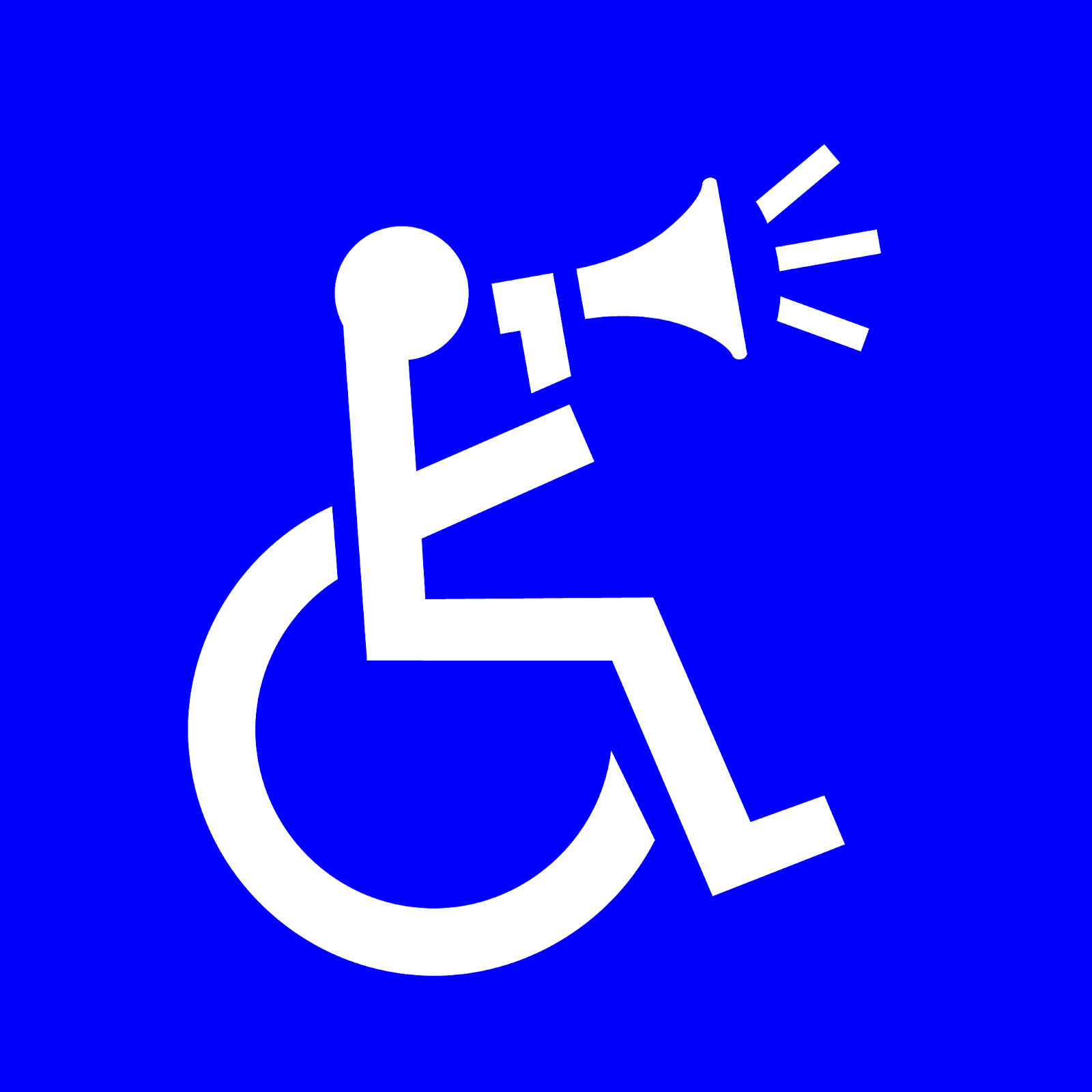Here are some ways ableism affects us today (watch out, it gets disturbing):
Here are some examples of how ableism has been around for a while:
Everything that’s about people also affects disabled people. No matter who you are, no matter whether you’re disabled or not, ableism shows up in your life.
Disabled people are denied equitable access to pretty much anything you can think of.
Disabled people are subjected to physical violence.
- Disabled people can't access house parties, housing, weddings, websites, dating, transportation, education, healthcare, and more.
- Disabled people in developed nations face a 2x unemployment rate and a 2x poverty rate compared to abled people (WHO report page 39, UC Davis). For certain disabilities, the rates are worse (e.g., about 6x unemployment rate for vision impaired people (NFB)).
- Disabled people are often paid less for the same job that an abled person does (WHO report page 10).
Disabled people are subjected to verbal violence (even if unintentional).
- When strangers ask wheelchair users, "Can I pray for you?" Even with good intentions, they send the message that disabled people are not acceptable the way they are.
- When people who would never say “that’s so gay” say “that’s so retarded”, “that’s insane”, and “that’s lame”. (If you’ve said this in the past, it’s okay. We can learn together. Moving forward, think about whether you’ve been using a term of disability to mean A Bad Thing. Maybe try “that’s awful” or “that’s unbelievable” instead.)
- When people bully wheelchair users who can walk. Just because someone can walk in some situations, doesn’t mean they can safely walk all the time.
- Hospitals threaten to take away disabled people's life-sustaining ventilators in favor of saving abled people (NYT).
- Disabled people are sexually assaulted 3x more often than abled people (Disability Justice). For those with intellectual disabilities, it’s 7x more often (NPR).
- Up to 50% of people killed by police are disabled people (Guardian, Ruderman Foundation report).
- Disabled children are regularly and ritually drowned in some parts of the world (BBC).
Here are some examples of how ableism has been around for a while:
- The Ugly Laws. In 1867, the city of San Francisco passed a law that said, “Any person who is diseased, maimed, mutilated, or in any way deformed so as to be an unsightly or disgusting object […] shall not therein or thereon expose himself or herself to public view” (Rooted in Rights, Journal of Social History). Several more states passed similar laws (Eugenics Archive). These were known as the Ugly Laws, and the last one wasn’t repealed until 1974 (NCLD).
- The Capitol Crawl. The ADA of 1990 was passed only after the “Capitol Crawl”, when dozens of disabled people got out of their wheelchairs to crawl up the 83 steps of the US Capitol building (NPS, video).
- Eugenics. Hitler killed tens of thousands of disabled people during the Holocaust (USHMM). Hopefully you knew about this already. What most people don’t know is that Hitler learned from the American eugenics movement (History.com). In the US, decades before the Holocaust, state institutions were already forcibly sterilizing disabled people (Frontiers in Public Health). In Buck v. Bell, the US Supreme Court sanctioned these forced sterilizations by a vote of 8 to 1 (University of Virginia). This decision has never been overturned.
Everything that’s about people also affects disabled people. No matter who you are, no matter whether you’re disabled or not, ableism shows up in your life.
Who is ableist?
We’ve all been born into an ableist world. That means everyone—with or without disabilities—can be ableist without knowing it. If you’re not anti-ableist, you’re probably ableist by accident.
Whose fault is ableism? It’s hard to say. It doesn’t come from just one person, so we need everyone to take responsibility for ending ableism.
